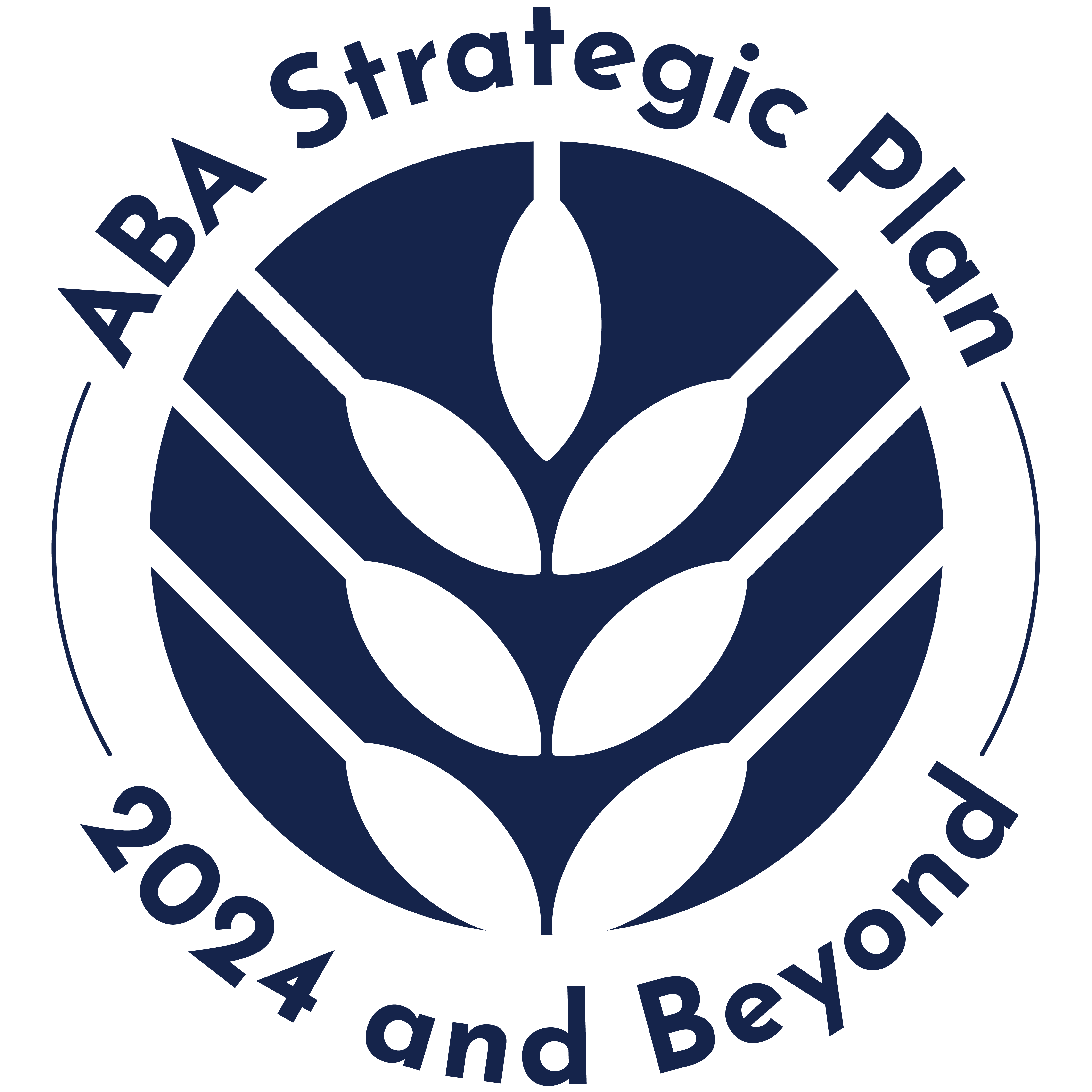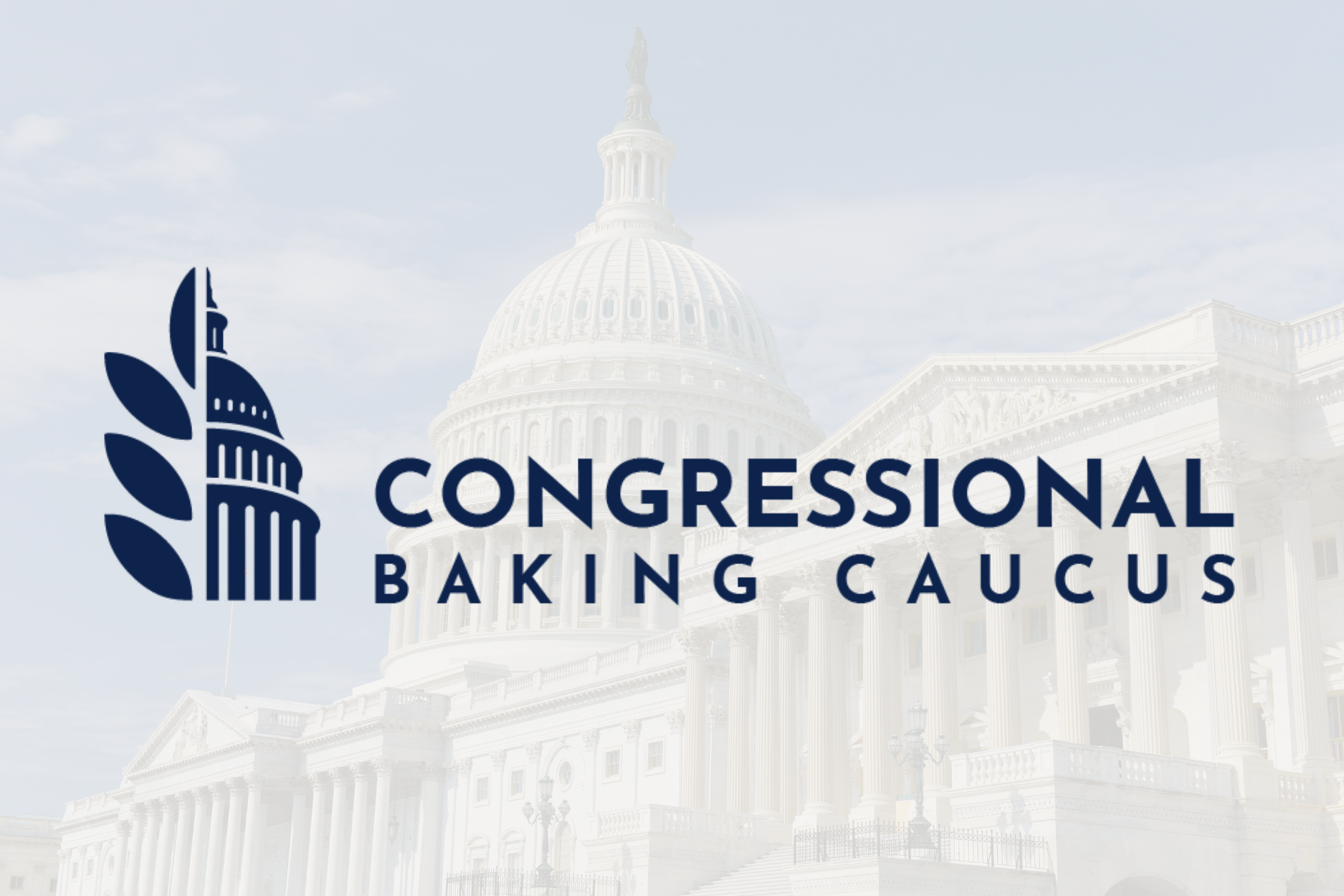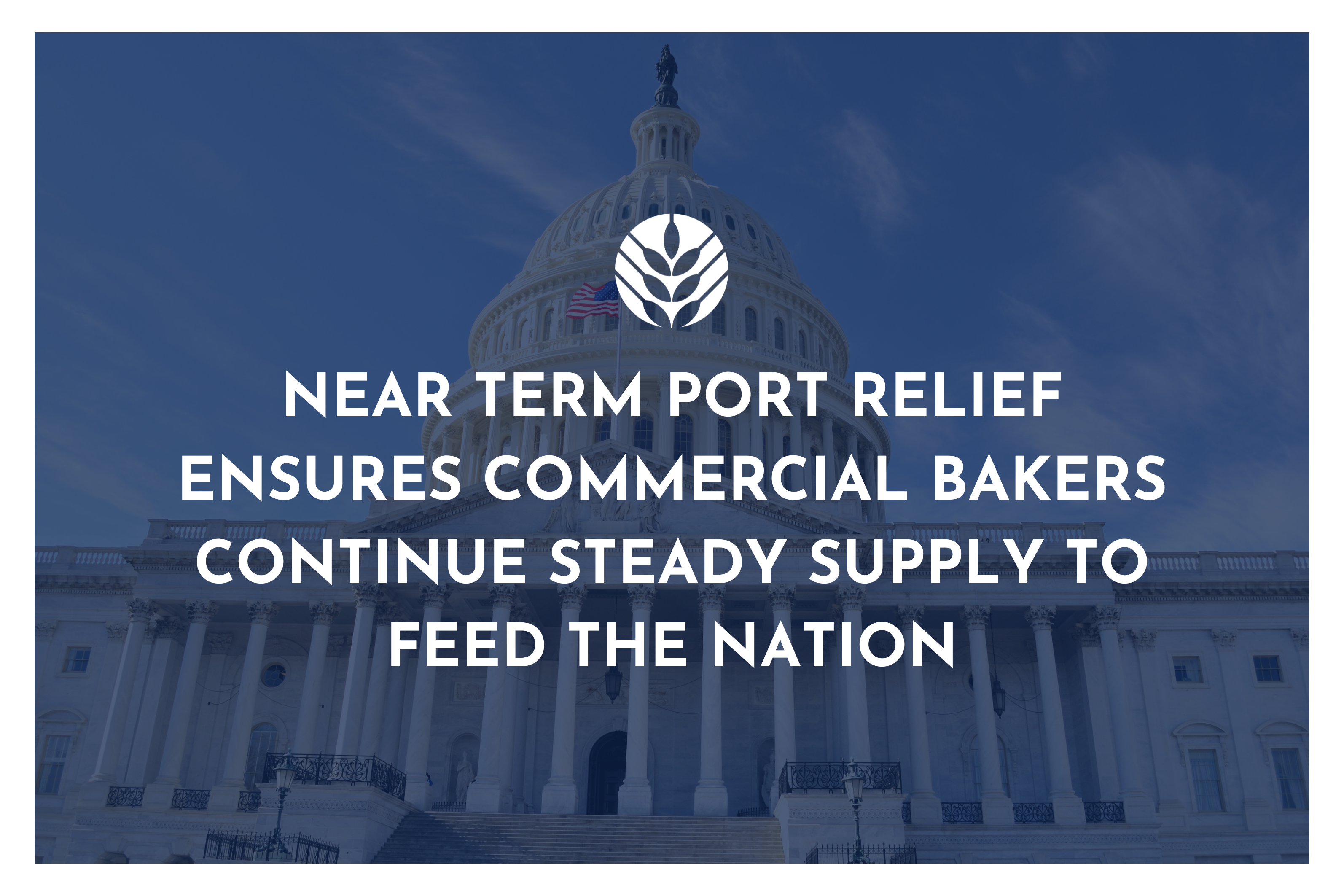March Marked by Labor Regulatory Rollout
The Department of Labor (DOL) rolled out three key proposed rules of interest to the baking industry during the month of March.
- White-collar Overtime Exemption
- Regular Rate of Pay
- Joint Employer
New Overtime Threshold
Earlier this month, DOL released the long awaited proposed regulation updating the salary level for determining when an employee is exempt from earning overtime.
The Proposal
- Raises the threshold to $35,308/year ($679/week).
- Reverts to the 2004 methodology that focused on the 20th percentile of full-time wage earners.
- Makes no changes to the duties tests.
- Does not implement an automatic update feature.
- Increases the total annual compensation requirement for “highly compensated employees” (HCE) from the currently-enforced level of $100,000 to $147,414 per year which is higher than the Obama DOL reg’s threshold of $134,004.
- Would allow nondiscretionary bonuses and incentive payments (including commissions) paid at least annually to satisfy up to 10 percent of the standard salary test requirement.
- Such bonuses include, nondiscretionary incentive bonuses tied to productivity and profitability.
How It’s Calculated
DOL followed up by releasing its proposed rule on “Regular Rate” of pay.
The Proposal
The proposed rule is largely seen as a win for the business community as it allows employers to exclude bonuses, travel expenses, and other incidental payments from an employee’s base rate from which time-and-a-half is calculated. These items include:
- the cost of providing wellness programs;
- payments for unused paid leave, including paid sick leave;
- reimbursed expenses;
- reimbursed travel expenses;
- discretionary bonuses;
- Benefit plans, including accident, unemployment, and legal services; and
- Tuition programs.
The change would effectively lower employees’ overtime pay, while encouraging employers to offer perks without the threat of unexpected costs later.
But Who are Your Employees?
Just yesterday the Department introduced a proposed regulation making it harder to hold businesses jointly liable when their franchisees or contractors violate the Fair Labor Standards Act (FLSA).
The Proposal
Would use a four-part test to determine whether a business is jointly liable under the 1938 law, which governs minimum wage and overtime.
The test would weigh whether the business:
- has the power to hire and fire;
- to supervise schedules and “conditions of employment”;
- to set pay; and
- to maintain employment records.
Additionally
The proposal would weaken an Obama-era DOL guidance that said a business need have only indirect control over employees to be held jointly liable.
The NLRB has proposed its own joint employer rule under the National Labor Relations Act that would repeal an Obama-era standard set under the NLRB’s 2015 Browning-Ferris decision.
What’s Next?
All three proposed rules are open for comment. ABA will be working with the business community to ensure that the baking industry’s input is received while developing the (3) final rules.



